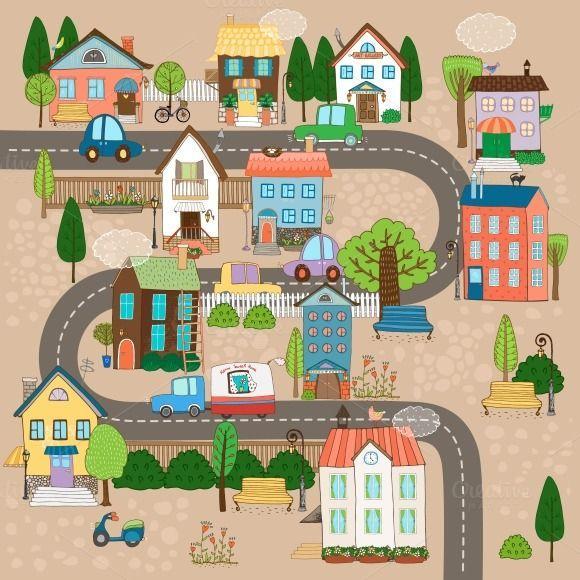
When children and young population grow up in a quality built and natural environment it can have a positive influence on their health, wellness and future life. This is why good urban planning should aim to meet the needs of child friendly towns as part of an inclusive and integrated society. Children face many challenges that are directly related to the built environment.
These include the high number of people who live in poor quality and congested housing areas with high levels of pollution and limited access to green spaces add play facilities. Other challenges include the restrictions on movement due to the high volume of traffic and the increasing effects of climate change.
In order for the professional planners to be able to adequately account for the impact of the built environment on children, a more holistic approach needs to be taken that covers, not just play and recreation, but all aspects of the lives of children and adolescents.
Housing:
The residential area and the accessibility of everyday services such as school, playgrounds and sports fields as well as local shopping possibilities through active travel methods are an aspect in the creation of child-friendly places.
Building housing in sustainable locations can encourage children to feel safe and gradually become more independent, as they can go on local excursions alone or with friends.
Mobility:
Children-friendly places should be designed to allow children to enjoy everyday freedoms, and mobility is an important part of that freedom. As children grow, their horizons expand and they become independent from their parents and caregivers. However, due to safety concerns and reliance on cars for transportation, often compounded by the built environment, this gradual increase in independence often does not occur. Urban planners can work proactively with their traffic planning and highways colleagues to reduce the dominance of cars both in the routing of streets and when parking in settlements in order to make the neighborhoods more child-friendly.
Rethinking / redesigning public spaces:
High-quality, well-thought-out and integrative city design can make an important contribution to being more child-friendly. The public space can be designed in such a way that it relates to buildings in a child-friendly manner and offers safe opportunities for movement, gathering and play.
To make this possible, settlements should be built with large shared, car-free outdoor areas with direct or easy access from neighboring homes with clear sight lines for natural surveillance. The ongoing management and maintenance of roads and public spaces is also important. Well-kept places encourage children and their parents to trust that they are safe and suitable places for them.
Green-spaces and recreation areas:
The connection between green spaces and well-being is well established. Studies have shown that people experience less psychological distress, less anxiety and depression, better wellbeing, and healthier levels of cortisol (the hormone that controls mood) when they live in urban areas with more green space than less.
The effects on spending time in the greenery are particularly important for children, as they offer opportunities and space to play and experience nature. The positive effects of high-quality green spaces for children include the ability to deal with life stresses, concentration, level of activity and social skills





